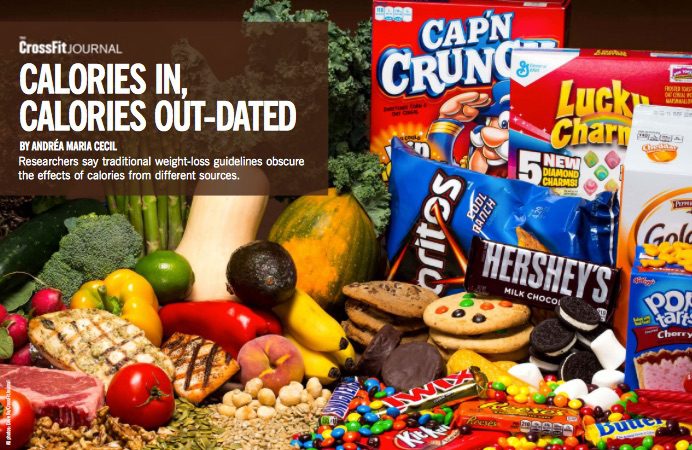September 30, 2015
Researchers say traditional weight-loss guidelines obscure the effects of calories from different sources.
It’s a law of thermodynamics: A calorie in equals a calorie out. Energy is neither created nor destroyed.
In other words: Calories don’t disappear. The idea is that as long as you’re eating fewer calories than you’re expending, you shed pounds. You can do this with a diet of Twinkies and candy bars or with salmon and arugula.
But food is more than just its caloric value.
There’s a significant difference between 200 calories of chocolate-frosted doughnut and 200 calories of chicken breast, researchers said. Because they’re providing different vitamins and minerals, they noted, the body processes them differently. And when the calories are empty—such as those from soda—the body receives energy void of vitamins or minerals.
“(Food) can be modified by fiber in the diet, how much you absorb,” said Richard Johnson, professor of renal diseases and hypertension at the University of Colorado Denver’s Anschutz Medical Campus in Aurora. “What the energy balance will translate into is weight. But it doesn’t reflect body composition. So body composition can change dramatically even though weight doesn’t change.”
Johnson continued: “You can change your fat to muscle and be the same weight.”
Or, he said, “You can have fatty liver (disease) or not have fatty liver (disease) and be the same weight.”

